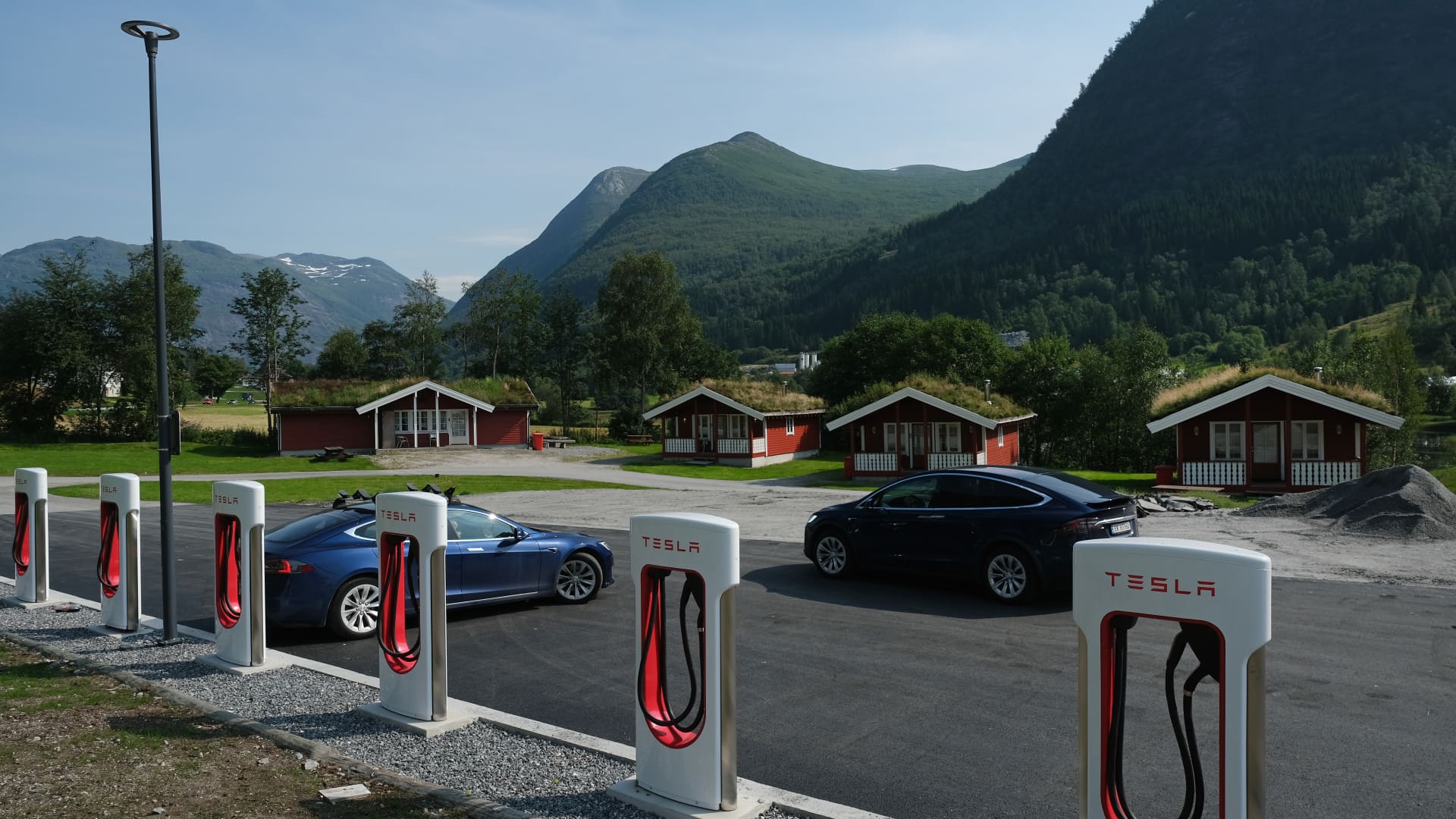Norway has had massive success with EV adoption — 82% of new cars sold in the country in 2023 were electric, according to the Norwegian Road Federation. This high adoption rate can be attributed to the generous subsidies the Scandinavian country has offered to electric vehicle owners as well as its investment in charging infrastructure.
Tesla’s sales in the country may represent only a sliver of the 1.8 million vehicles the company delivered globally last year, but its importance to the EV maker goes beyond revenue. Tesla’s early foothold there has made Norway a pivotal proving ground for the company and a national model for electric vehicle transition. As a result, Tesla CEO Elon Musk has taken a number of trips to the small Nordic country and has often praised its support for the technology change.
Norwegians were the first European customers to receive deliveries of the Tesla Model S in 2013. In April of 2014, Tesla broke Norway’s record for most monthly sales of a single model, electric or gas, with its Model S. Today, the top-selling model is Tesla’s Model Y. Tesla accounted for about 20% of all vehicles sold in the country last year, according to Norwegian Road Federation.
But with competition from other EV automakers including Toyota, Skoda, Volkswagen and BYD heating up, it remains to be seen if Norwegians will continue to favor Tesla in the future.
CNBC traveled to Norway to meet with local people, government officials and experts to find out how Tesla has become so successful in the Scandinavian country. Watch the video for the full story.
